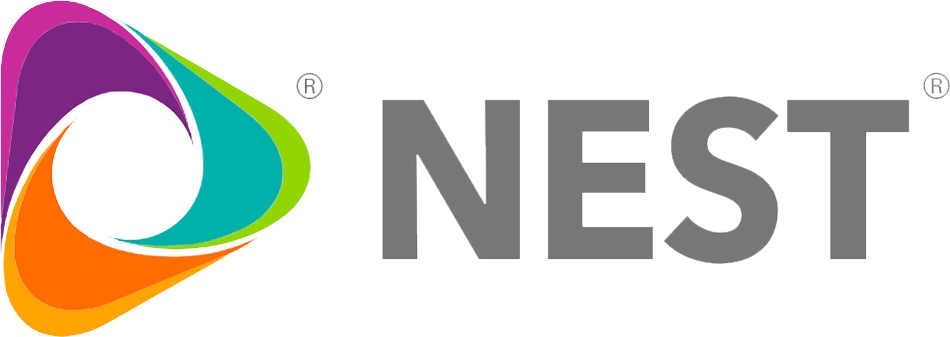Until recently, facilities management (FM) has been viewed primarily through a transactional lens. Because so many FM tasks一from janitorial offerings to plumbing, HVAC, and electrical services一are seen as tactical pursuits, many companies fail to unearth the strategic elements buried in their facilities operations. When these functions are elevated to a more sophisticated level, however, your facilities team, service providers, and FM partners become better positioned to make a meaningful impact on your organization.
Transforming FM to a more agile and interrelated business function is at the heart of Integrated Facilities Management (IFM)一and on the minds of a growing number of CEOs. According to market research site Persistence Market Research, the global integrated facilities management market is currently estimated to be a massive $730 billion一and growing.
Here are just a few examples that illustrate how implementing an IFM model can help you save money, time, and resources.
Streamline Your FM Process & Procedures
Organizations are increasingly relying on integrated solutions to accomplish a range of facilities objectives. A holistic approach benefits organizations internally and externally by enabling multi-site business owners to improve FM program visibility and implement the same technologies, procedures, and practices across a network of locations.
This is facilitated, in part, through the application of end-to-end work order management software that not only automates workflows, maintains asset history, and work order progress, but is also mobile-enabled and accessible from anywhere, by anyone.
Optimize Servicing
Why hire multiple providers when you could utilize one FM partner that meets the majority of your needs? With an IFM that includes a centralized independent service provider (ISP) network, sourcing the right service provider when you need them is easier, quicker, and more cost effective.
With service level agreements in place that provide work standards and processes, it’s also easier to achieve brand consistency, which means customers in Nebraska can expect the same level of quality as those in New Jersey.
Lower Operating Costs
When everything from billing to work order management is housed within one universal system, you can cut the number of transactions you oversee. In turn, you’ll be able to reduce additional charges—emergency fees, overtime, and trip charges, to name a few—that come with employing multiple providers. The IFM approach utilizes a total cost model rather than an hourly rate model, improving financial transparency and leading to better budgeting and reduced costs. With this enhanced visibility, you can save money and funnel it into strategic initiatives such as proactive and predictive maintenance, quality assurance (QA), and other FM initiatives.
Manage Total Cost of Ownership
By integrating certain proactive practices (preventive maintenance, among these) into your larger operational efforts, you’ll have a greater understanding of your equipment needs and asset performance. For instance, when a facilities manager can anticipate the cost of maintaining a particular piece of equipment, they can make sure to service the asset based on a set schedule, thus extending its lifespan.
Predictive maintenance can increase efficiency even further by using machine learning to uncover subtle changes in equipment behaviors. This alerts the facilities manager to make any needed adjustments before a fix is necessary and keeps downtime—unscheduled and scheduled—to a minimum.
Not only will the FM team have a better idea of how to budget in the short term, but they’ll be able to keep assets in good condition in the long term. They’ll also know where to redeploy resources based on current needs. All of these efforts lead to an improved sense of the total cost of ownership.
Increase Organizational Agility
The last two years have reinforced the need for organizations to be agile in the face of rapidly changing business conditions. The onset of the coronavirus pandemic prompted near-immediate site shutdowns, dizzying new cleaning protocols, and choppy reopenings—still unfolding today.
The ability to adjust quickly and maintain strategic focus is dependent on comprehensive program visibility, actionable data, and a nimble program structure that empowers organizations to effect change in real time. In a recent post from retail trade publication and news site Chain Store Age, NEST CEO Rob Almond underscores this point: “The key difference with an in-house [FM] model is the inefficiencies with scaling and adapting…[IFM] ensure[s] you have the appropriate resources to maintain a first-class facility and scale up and scale down as needed based on emergency cleans, weather events, COVID spikes, unpredictable foot traffic and more.”
Next Steps
Before adopting a new operating model or IFM program, take a step back and assess where your organization is today and where it’s headed in the future. Once you understand your company’s strengths and opportunities in relation to your larger FM goals, you’ll be poised to start thinking and acting more strategically.







